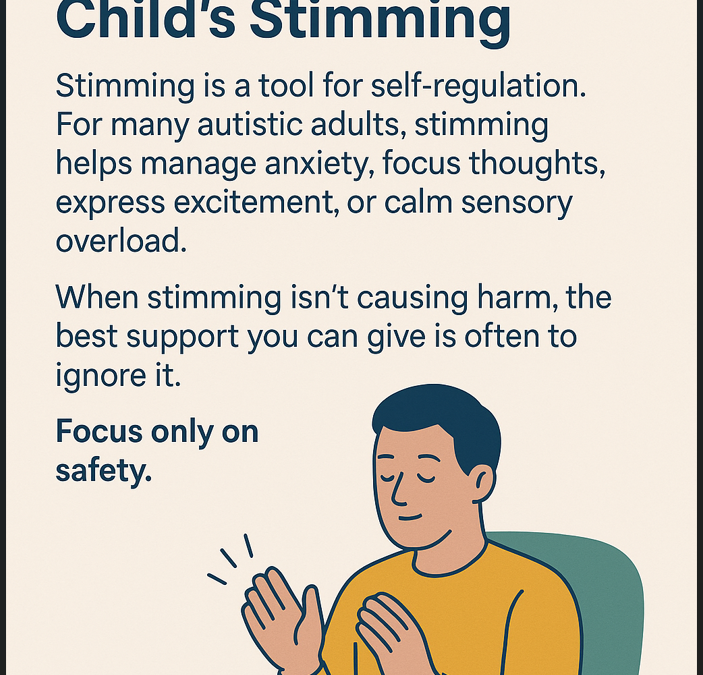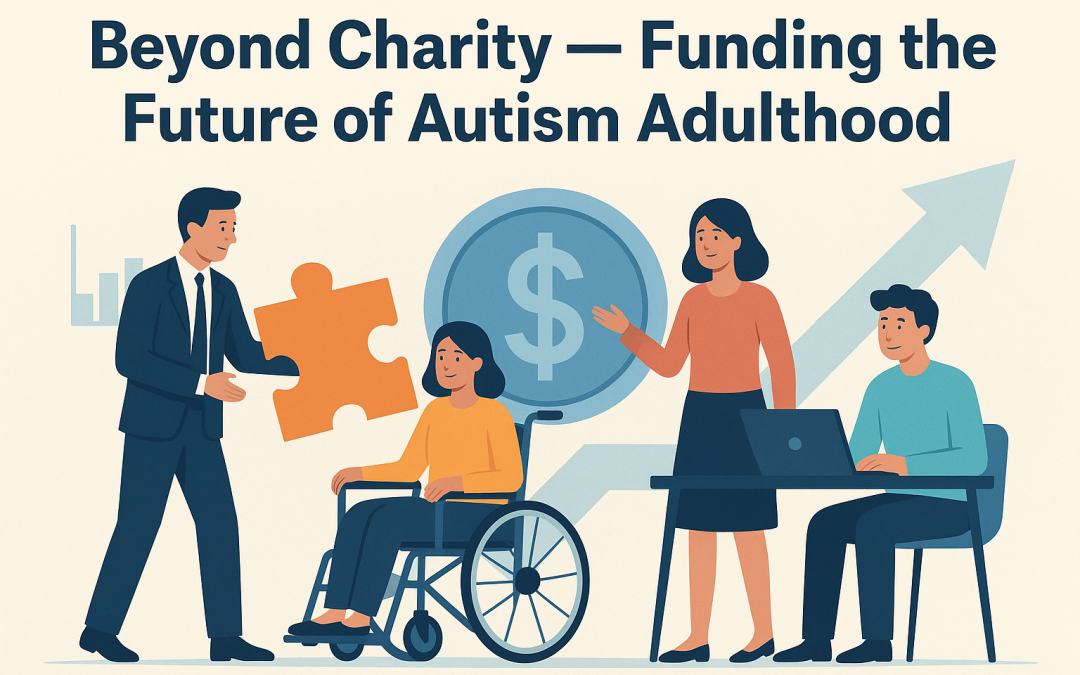How to successfully transition between special education and adult life without falling off the “21 Cliff”
For many families of young adults with autism, high school graduation isn’t a moment of independence, it’s a moment of uncertainty. When the school bus stops coming and special education services end at age 21, thousands of families fall off what’s often called the “21 Cliff.” The structured supports, therapies, and daily routines that once guided progress suddenly disappear, leaving families scrambling to fill the gap.
But falling off the cliff isn’t inevitable. With the right planning and community resources, this transition can mark the beginning of a fulfilling adult life. The key is to start early, ideally by age 16, developing a transition plan that includes employment skills, community participation, and continued learning opportunities.
Parents can advocate for their child’s Individualized Education Program (IEP) to include practical life skills, career exploration, and self-advocacy training. Collaborating with day programs, vocational rehabilitation programs, local nonprofits, and supported employment organizations can help bridge the gap between classroom learning and real-world experience.
Equally important is addressing social connection and mental health. Isolation is one of the biggest challenges for adults on the spectrum. Building networks through organized social activities, adult day programs, community centers, or autism-friendly workplaces helps maintain a sense of belonging and purpose.
The goal isn’t just to avoid the cliff, but to build a bridge over it, empowering autistic adults to live, learn, and work with dignity and independence. Every individual deserves a future where their strengths are valued and their needs understood. With proactive transition planning, community collaboration, and programs designed for lifelong growth, the end of school can truly be the beginning of something extraordinary.




